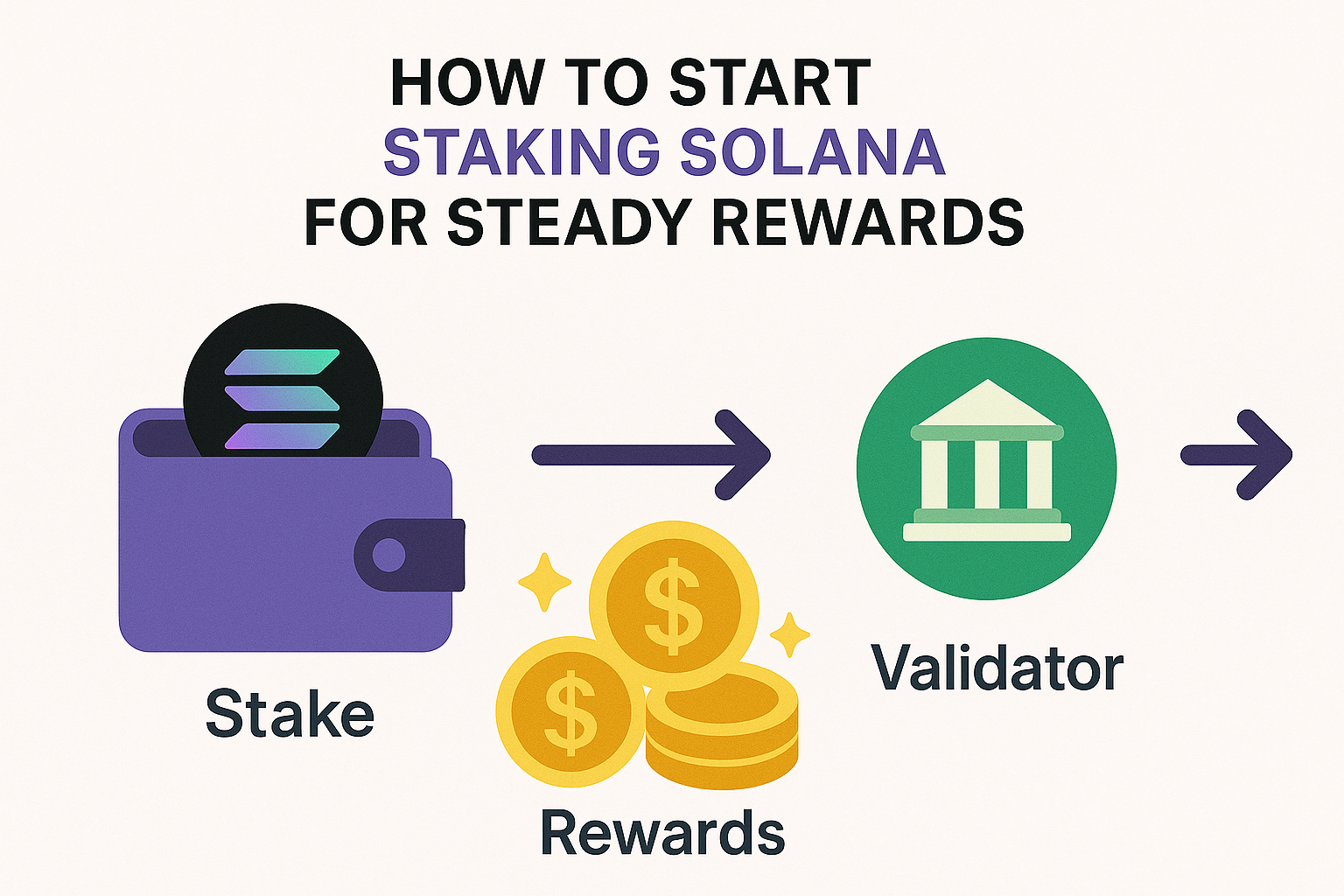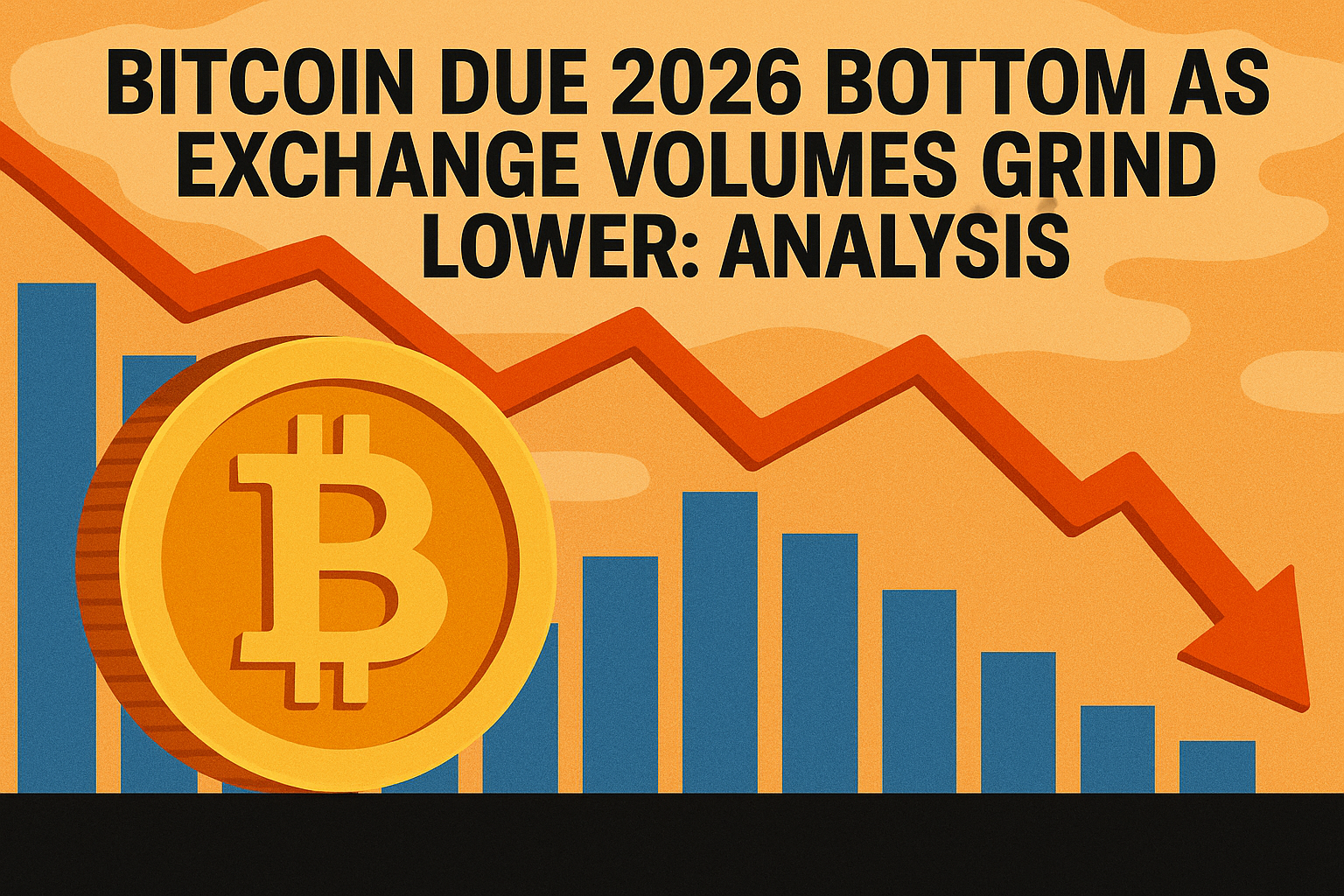Table of Contents
Cryptocurrencies are decentralized assets created on blockchain technology and an alternative to fiat money. The first cryptocurrency on the market was Bitcoin, but plenty of other altcoins were launched over the years.
Digital currencies are volatile, and over the years, there have been several changes in the Bitcoin price, or the ones of the other digital assets, as cryptocurrencies have experienced many high highs and low lows.
Various investors use cryptocurrencies to make a profit and sell digital currencies when the market price increases. But there are also other ways to make money with cryptocurrencies, and staking is one of them.
With the help of staking, you can put your virtual money to work for you and earn a passive income without selling your virtual coins. Staking can be compared to depositing cash in some high-yield savings accounts. In theory, staking might not be that different from a bank deposit model, but many differences set them apart.
Here is everything you need to know about crypto staking.
What is Staking?
Staking gives the possibility to lock crypto assets for an established period of time to support the operation of the blockchain. In return for staking your cryptocurrencies, you can earn more digital assets. Several blockchains use a proof of stake consensus mechanism. In this system, network participants who want to support the blockchain and validate new transactions must “stake” a sum of their digital coins.
Staking ensures that only legitimate transactions and data are added to blockchains. People who try to have the chance to validate new transactions will lock up a sum of their virtual assets as a form of insurance. If they validate fraudulent or flawed data, they may lose a few or all their stakes as a penalty. Otherwise, they can earn cryptocurrencies as a reward if they validate correctly.
Popular cryptocurrencies like Ethereum (ETH) and Solana (SOL) use staking because of their consensus mechanisms.
What is proof of stake validation?
Staking cultivates a functioning ecosystem on the network. So, the more people stake, the greater the chance will have validators to earn rewards and add new blocks to the network. Validators can collect larger amounts of stake delegation from various holders, as this acts as proof that validators are trustworthy.
A stake can consist of many people's tokens. For instance, a holder can take part in a staking pool, where the stake pool operators will do all the challenging validation processes in the blockchain transaction processes.
Each blockchain has its own rules for validators. Ethereum, for example, requires every validator to hold at least 32 ETH.
How is staking working?
You can stake your tokens if you own digital coins that use a proof of stake blockchain. Staking locks up virtual assets to let you participate in maintaining the security of the network’s blockchain. In exchange for the fact that you lock up your virtual coins, you get the chance to participate in the network validation and receive rewards in the form of cryptos.
You can also opt for a cryptocurrency wallet that supports staking. You can delegate how many tokens you want to put up for staking from your portfolio. You have the possibility to choose from different staking pools to discover a validator. Staking pools combine your digital coins with others to increase your chances of receiving rewards and generating new blocks.
What are the benefits of staking cryptocurrencies?
There are various advantages of staking crypto, and here are the main ones:
- Earn passive income: If you don’t want to sell your cryptocurrencies in the immediate future, you might want to consider staking, as it lets you earn passive income.
- Easy to start: You can start staking immediately, as you only need a crypto wallet and digital coins.
- Contribute to the platform: Staking contributes to the efficiency and security of the blockchain. So, if you stake something from your crypto funds, you get the chance to make the blockchain strengthen its ability to process transactions and be more resistant to attacks.
Are there risks in staking crypto?
Yes, there are some downsides when you choose to stake your tokens, as you might not have access to them for weeks and even months, depending on the program you opt for. You can’t cash out or trade your digital currencies at that time.
Cryptocurrencies are volatile assets, so there are also high chances that the price will swing, especially during market crashes. If you stake your cryptos and lock them, you cannot sell them during a downturn. The staking platform you select might offer a lucrative annual return, but if digital asset prices fall, you might incur losses.
Also, several proof of stake networks can use “slashing” as a form of punishment for the validators who take improper action and destroy some of the stakes of the network. So, if you stake with a dishonest validator, you might lose some parts of your investment.
Is it a good idea to stake crypto?
Staking is a good choice for those interested in generating passive income in their long-term investments and those who aren’t bothered about the fluctuations in price. If you know you will need the money before the staking period ends, then this might not be the best idea for you.
You should review carefully the terms of the staking period and look at how long it lasts and when you can get your money back. Also, ensure you only work with companies with high-security standards and those with a positive experience. So, if the interest rates look too good to be true, double-check to ensure it is a safe choice.
Also, you need to keep in mind that staking carries a high risk of losses, exactly like any other crypto investment. So, you need to remember to stake only the amount of money you can afford to lose.








